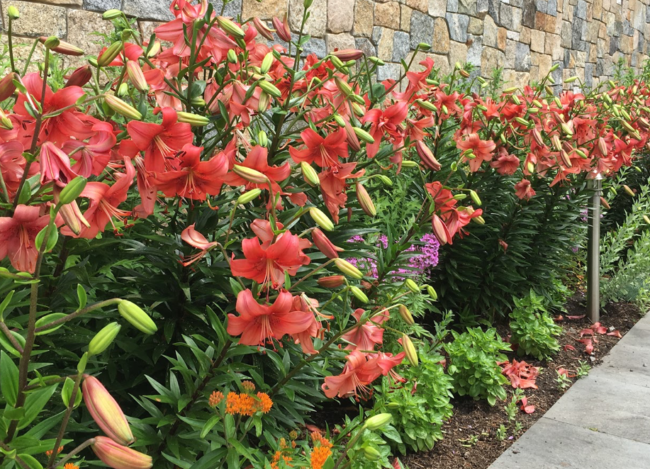One of the most basic mistakes that many homeowners often make in the garden is choosing plants based largely on an impulse decision: “Oh, that’s a pretty flower, or that smells so good, or I really like that color or the texture of the foliage.” . I’ll buy a few and plant them in my yard! »
Wrong, wrong, and once again wrong. Why?
Incorrect, because plant selection should begin by considering the ecosystem in which you are planning landscaping in the first place. All these external factors such as flowers, fragrance and foliage must appear after the basic elements are taken into account. Before you go shopping at the garden center, find out as much information as possible about the composition of the soil in your garden, the amount of sun in certain areas of your site, the level of moisture and the general exposure of the garden landscape – how hot, cold and windy it is.

Anyone who aspires to study the art of landscape design or the practice of landscape development will hear the mantra “the right plant in the right place” repeated from class to lecture and from professor to speaker ad nauseum. This is because it is and will always be critical to whether a plant lives or withers, withers or thrives.
Start with this thorough analysis of the environmental conditions of your landscape as a whole and each unique garden area individually. Having an understanding of your area’s climate and the specific microclimates of your property, as well as the combination of sun and shade, soil composition and water availability, will allow you to make informed plant selections based on their ability to grow in a particular location.

The garden center in Kherson “Green Yard”recommends taking into account the following conditions of the local area when choosing landscape plants:
- endurance zone
- presence of light, intensity and duration of daylight hours from full sun to deep twilight
- availability of water, both quantity and quality, and ease of access
- exposure to wind and extreme temperatures – microclimate
- impact of weather phenomena – snow loads, erosion, flooding
- soil type, drainage, compaction
- competition from vegetation, meaning roots underground that you can’t see
- underground conditions in urban areas
- overhead wires or obstacles

If you take the time to begin learning about the ecosystem in your personal landscape space, over time you will gain a fairly complete knowledge of your environment. You will be more proficient at choosing the right plants for your landscape. And yes, some things will not work, even if they are chosen and installed perfectly. It’s all part of the gardening experience. But rest assured, more success will follow and you will become really good at knowing the landscape details that make a difference in the garden environment you are trying to create.

